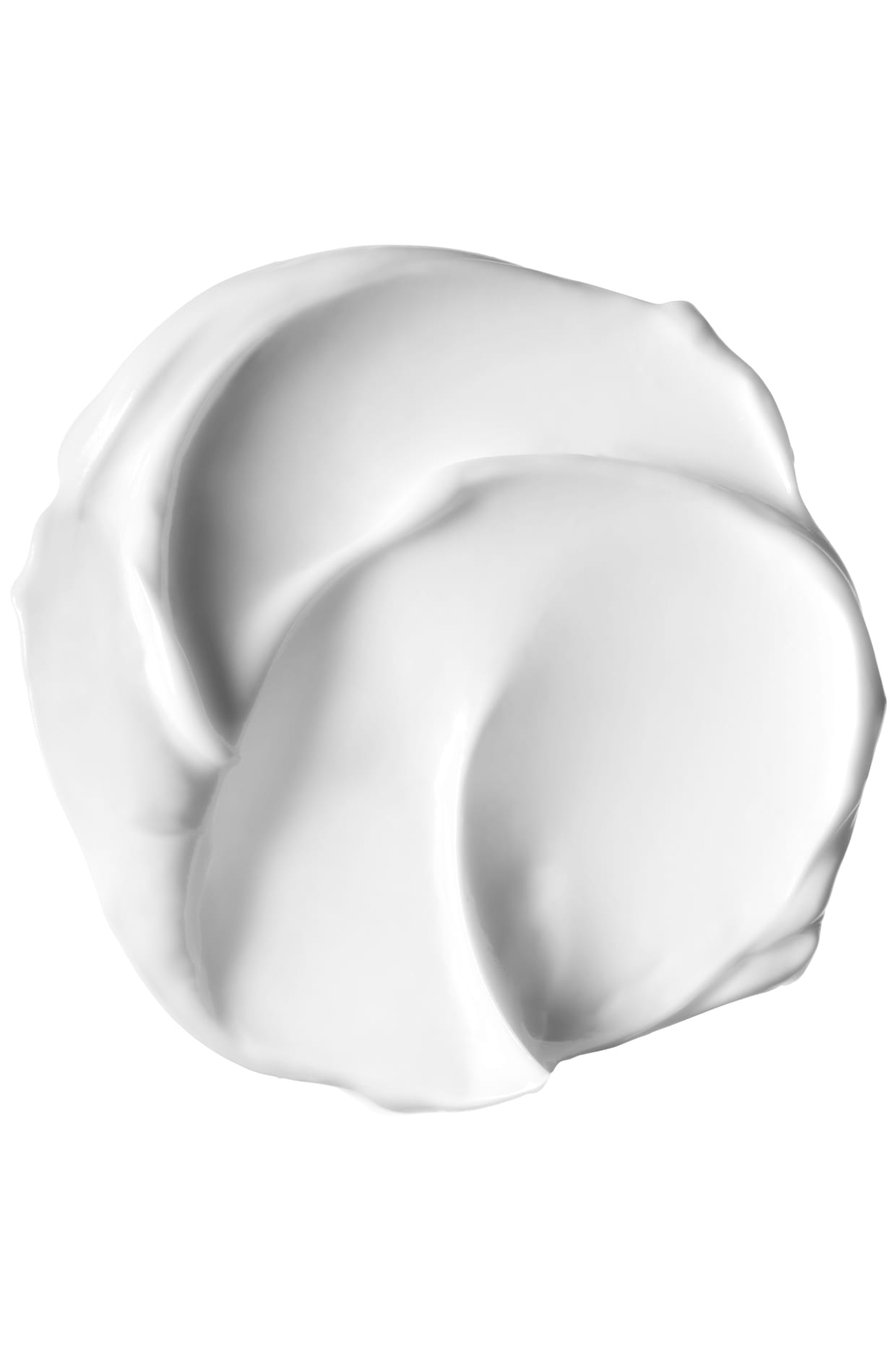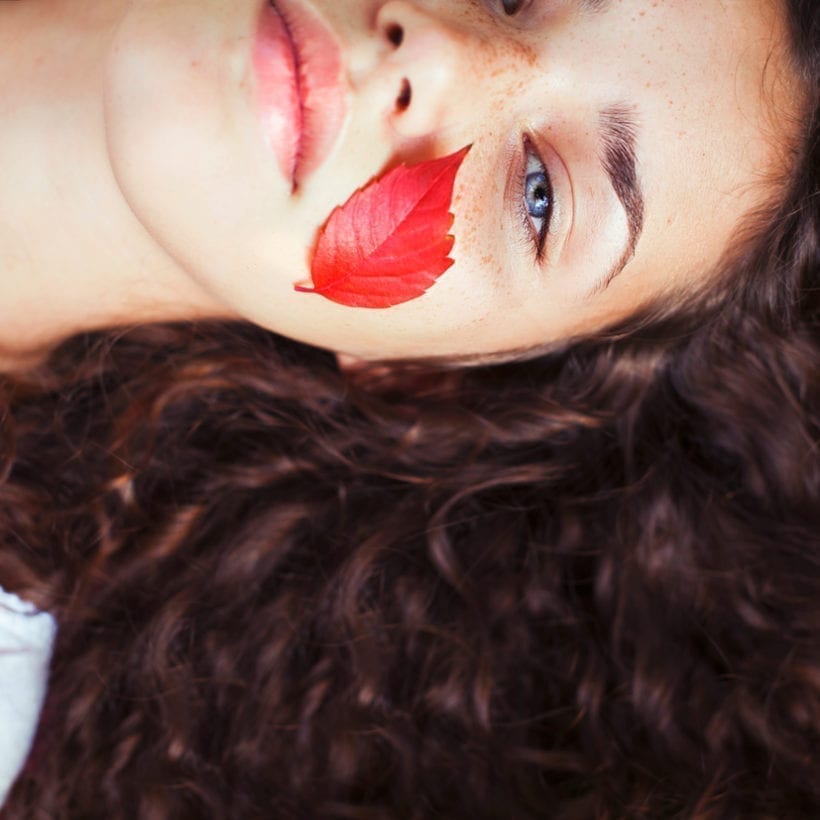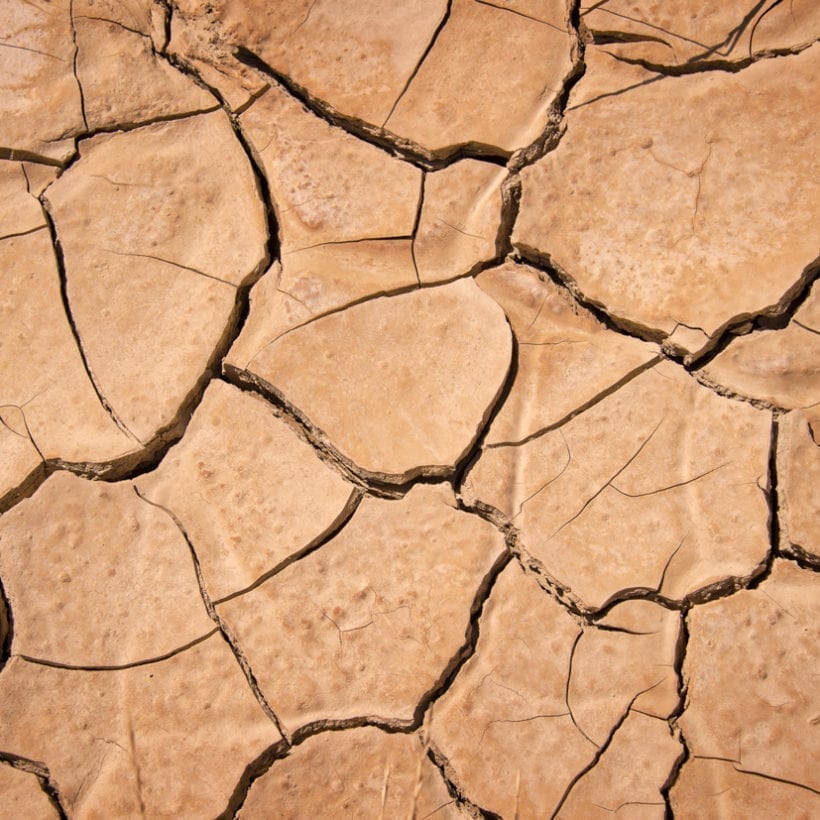For a brief shining moment in the fall, it is as if all the oil and sweat of summer evaporates to reveal perfectly balanced skin. Then before you have barely had time to take a selfie, it is gone, replaced by dry, red, flaky winter skin. What gives?
“During the winter, we need to switch up our skincare routine just as we would our wardrobe for the change of seasons,” says Shari Marchbein, M.D., a board-certified dermatologist in New York. “Our skin is primarily composed of water, so as the temperature and moisture levels drop drastically, external air conditions have very low humidity and there is much less water available for our skin,” adds Ava Shamban, M.D., a board-certified dermatologist in Los Angeles and founder of Skin Five by Ava MD. “If the air has low humidity, it will literally suck all of the water out of cells, leading to a dehydrating or shriveling effect,” she adds. Combine that with even drier indoor heat and icy winds and skin does not stand a chance. “This is specifically key for sensitive skin, and for those with skin conditions such as eczema, psoriasis and super dry skin any time of year.”
When your usual moisturizer is not cutting it, we asked the experts how to deal short of moving to the tropics.
1. Switch up your moisturizer
The number one thing you can do to heal dry, red, winter skin is to opt for a thicker, heavier moisturizing cream over lighter, oil-free formulas, says Marchbein.
On the ingredient label, you are looking for formulas with two things: emollients and humectants. “Emollients are used to smooth and soften the skin,” says Marchbein. Think grapeseed and jojoba oils, cocoa and shea butter, or petroleum jelly. (Sunday Riley Juno Antioxidant + Superfood Face Oil is especially good for sensitive winter skin.)
“Humectants, on the other hand, attract and bind to water molecules, which increases the water content of the skin,” she says. “They can draw water to the skin either from the environment or enhance water absorption from the top layer of the skin.” Look for glycerin or hyaluronic acid. Formulas containing ceramides are also helpful, adds Shamban. “They hold skin cells together, protecting the skin, binding to water and repairing the barrier.” Try Sunday Riley Ice Ceramide Moisturizing Cream.
2. Don’t forget to exfoliate
It may seem counter-intuitive when your skin is extra sensitive, but exfoliating is important for removing those flaky patches of dry skin in the winter, says Shamban. “We are in more of a slow cellular mode in winter, so our skin is actually to an extent ‘hibernating’ (meaning cellular turnover slows down)”, she explains. “The buildup of dead skin cells will not allow the moisture products, serums or other lipid-based nutrients to penetrate the way we need them to in the winter.”
Shamban recommends exfoliating just as often as you would in the summer but changing up the way you exfoliate. The key? Go gentle. Look for formulas that have mild exfoliators, such as cellulose, lactic acid or cactus extract, and are also boosted with calming agents such as hyaluronic acid or green tea extract.
3. Winter-proof your shower
Hot water strips oil and moisture from your skin — more so than water at cooler temps, so Marchbein recommends turning down the heat and keeping showers shorter in the winter. “No more than five minutes,” she says. While sudsing up, use a gentle, creamy cleanser to avoid stripping extra moisture out of your skin.
Shamban recommends avoiding baths due to the drying effects of hot water, but if you are really craving a soak, use some essential oils or mineral salts to help your skin hang on to moisture and make sure to moisturize afterward when your skin is still damp.
4. Moisturize immediately
After you step out of the shower, pat yourself dry and then moisturize immediately — the key is to still be a little damp. “Within 60 seconds, apply a thick, creamy moisturizer liberally, even to your face,” she says.
The same goes for when you cleanse your face at the end of the day. Use an ultra-hydrating oil-based cleanser (like Sunday Riley Blue Moon Clean Rinse Cleansing Balm ) to remove makeup, rinse, pat your face until it is nearly dry and then slather on a thick layer of moisturizer.
5. Skip irritating ingredients
“Because of the increased likelihood of getting red, dry, flaky skin, I recommend using fragrance-free products and being cautious with any product or chemical ingredient that may exacerbate irritation or inflammation,” says Marchbein.
6. Get a humidifier
“Because cells rely on adequate water content to function, using a humidifier when the air is dry provides enormous health and skin moisture benefits,” says Shamban. “Very simply put, humidifiers help increase air hydration levels by forcing moisture back into the environment and therefore to our cells through the skin which is our largest organ and filtration system for the body.” Start by placing one in the bedroom, or wherever you spend the most time.
https://www.instagram.com/p/B25wiQHlAQc/
Certain plants also act as humidifiers. “Areca palms release copious amounts of moisture as well as removing indoor toxins,” says Shamban. “Having two or three of these plants in your bedroom will act as a natural humidifier all year long and help support skin balance keeping moisture levels in check indoors to compensate for what is happening outside.”
7. Cover your face
Finally, keep your face protected from the elements when you step outside. “Outdoor cold air and wind can dry your face and lips. So ideally, keeping covered with products mentioned above to seal in moisture and a scarf or physical wind blocker works best,” says Marchbein. Or, your trusty face mask works great, too. Just avoid irritating fabrics like wool, which could make any redness worse.
We only recommend products we have independently researched, tested, and loved. If you purchase a product found through our links, Sunday Edit may earn an affiliate commission.









